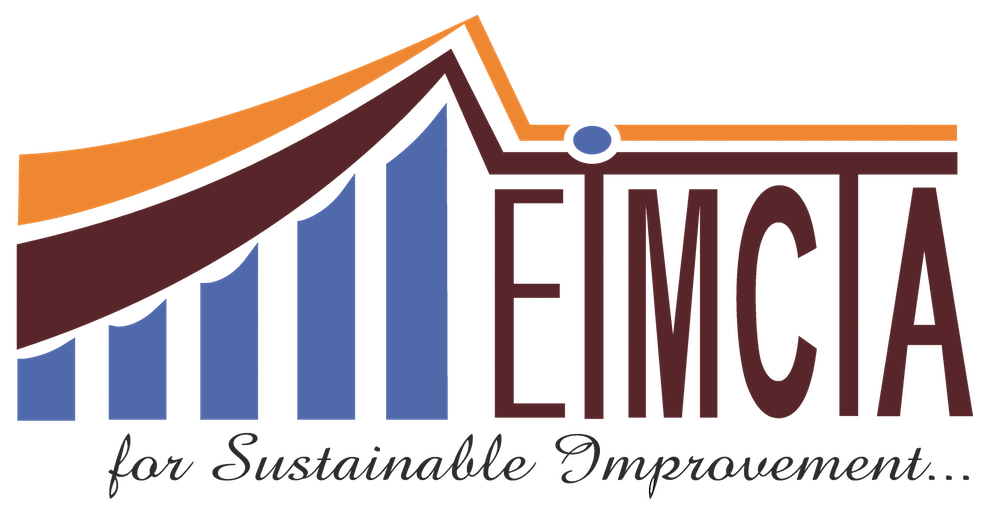Health and Safety for Managers training is designed to equip managerial personnel with the knowledge and skills needed to create a safe and healthy working environment for their teams. The training focuses on understanding legal requirements, risk management, and fostering a culture of safety within the organization. Here are key components that may be covered in Health and Safety for Managers training:
Introduction to Health and Safety:
Overview of the importance of health and safety in the workplace, emphasizing the impact on employee well-being, productivity, and overall organizational success.
Legal Framework:
Explanation of relevant health and safety legislation, regulations, and standards applicable to the industry and jurisdiction. Managers will learn their legal responsibilities and the consequences of non-compliance.
Roles and Responsibilities:
Clarification of the specific roles and responsibilities of managers in ensuring health and safety compliance. This includes understanding the duty of care towards employees and fostering a safety culture.
Risk Assessment and Management:
Training on conducting risk assessments to identify potential hazards in the workplace and implementing effective risk management strategies to mitigate or eliminate those risks.
Emergency Procedures:
Guidance on developing and communicating emergency procedures, including evacuation plans, first aid protocols, and procedures for dealing with hazardous incidents.
Incident Reporting and Investigation:
Procedures for reporting and investigating workplace incidents, accidents, and near-misses. Managers will learn how to analyze incidents to prevent recurrence and improve safety measures.
Health Surveillance:
Understanding the importance of health surveillance programs to monitor and assess the health of employees, especially in environments where specific health risks may be present.
Training and Communication:
Strategies for effectively communicating health and safety information to employees, ensuring that they are aware of the risks and are adequately trained to perform their tasks safely.
Safety Inspections and Audits:
Conducting regular safety inspections and audits to identify and rectify potential hazards. Managers will learn how to use these tools to continually improve the safety of the workplace.
Workplace Ergonomics:
Understanding ergonomic principles and the importance of creating a workspace that minimizes physical strain and supports the health of employees.
